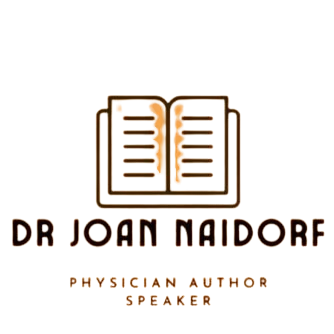#58 A Miracle Conversion
Conversion has a lot of meanings and mysteries. On Friday evening, we watched with curiosity and pride as one of my husband’s co-workers stood before the congregation at our reform synagogue and completed the process of conversion to Judaism. She invited us to attend the service to witness and celebrate with her.
Things were happening at shul. On this particular evening, the sixth graders from the religious school class were leading the Friday evening Sabbath service. The teachers had the kids divided into groups to take turns leading various prayers in Hebrew and doing responsive reading. They demonstrated strong skills at singing and reading the prayers. They offered what they were thankful for during the holiday season.
At the appointed time, the Rabbi called the two ladies going through the conversion blessing to come to the bimah (dais). He opened the ark and handed them each one of the Torah scrolls to hold. He and the Cantor offered short readings and offered the priestly Benediction prayer. Then the two ladies led the congregation in the chanting of the Shema prayer, the best known and most important words in the Jewish prayer service. There were hugs and Mazel tovs proclaimed and we all sang a celebratory tune.
Here were two adults, one white and one who just happened to be black, who chose to become Jews. In today’s climate of cynicism and antisemitism, I find that to be a remarkable thing. They could have just eaten the matzah balls and schmeared their favorite bagels with cream cheese. They could practice teshuva, tefillah and tzedakah (repentance, prayer, and charity) during the high holiday season and year-round. They didn’t have to become a part of a historically oppressed minority religious group and culture.
But no. They chose to go through the meetings, classes, and commitment to become Jews. They put considerable time and thought into their choice. Today, those two ladies are Jews. It sounds like the lead into a stand-up comedy routine. Now they can move to Florida and complain about the weather.
The joy of witnessing the conversion ceremony reminded me of another prayer and conversion I witnessed several years ago. I was admitting an older gentleman with new onset of atrial fibrillation, an abnormal and potentially dangerous heart rhythm. The electrical wave of the heart beat does not pass through the atrial chambers of the heart in the usual organized way. The fibrillating atrium is inefficient and a place where harmful blood clots can form.
The gentleman was a clergyman from one of the local community churches. While we were doing a work-up on him, he was being monitored to follow his heart rhythm. If he went into a more dangerous rhythm, we could treat it with medication or electric shock to prevent more serious consequences. The key was to notice the change as quickly as possible. He was located in the far corner of the emergency department where I could still keep an eye on him. There was a centralized monitor close to me where I could watch his heart rhythm from my countertop workspace.
I happened to notice that my patient had visitors at his bedside who had come to check on him. They were chatting for a while then I noticed them move. One person on each side of the gurney joined hands with the patient and each other. My patient, who had been reclining, leaned forward, and bowed his head in prayer. As I watched this very sweet scene, I noticed something remarkable on the monitor. After a slight pause, I noted a little P wave in front of every QRS complex. He had converted from atrial fibrillation to a normal sinus rhythm!
I walked quickly over to his room and excitedly told him, “You converted!” He sensed by my smile that this was something good and he asked, “What does that mean?” I explained what it meant and had a quick listen to his regular heart sounds. We repeated the EKG to confirm the rhythm change and to check for any signs of low blood flow to the heart muscle. All was good and he still needed to complete a thorough work-up.
Why did it happen? Was it the power of prayer? More likely, when the gentleman leaned forward in the gurney, he went through a strong Valsalva maneuver. The Valsalva maneuver is the performance of forced expiration against a closed glottis. The key event occurring during the maneuver is increasing intrathoracic pressure leading to the reduction of preload to the heart. In some people, this maneuver alone is sufficient to slow down or convert an abnormal rapid rhythm.
When I evaluate someone with an abnormal rapid rhythm, I routinely do a few non-medical and non-invasive techniques to see if they slow down or convert. I usually ask them to resist while I press down gently on their upper abdomen. This causes a person to go into a gentle Valsalva maneuver. If I think it is safe, I massage gently over the carotid sinus in the neck. In some people, this maneuver will slow down their heart rhythm enough for them to convert to a normal and slower rhythm. In this particular patient, both of these maneuvers hadn’t worked. As the next step, we usually start various medications.
It is likely that the action of sitting up and leaning forward to pray, forced him into a much more vigorous Valsalva maneuver than before. A believer might say that the Lord answered his prayers. If I hadn’t witnessed this unusual occurrence and coincidence, I would question the whole story. Let me say that I have never tried to write fiction. The “truth” is already fantastic mélange of fact, the vagaries of memory and the spirit. I would not take credit for the beneficial result of his medical treatment, his moment of prayer and his conversion to a stable rhythm. It’s just another mystery to ponder of medicine and spirituality.





